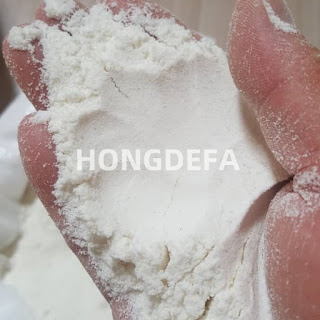Flour mills, like any business, must generate profits to sustain operations and contribute to society. Without efficiency, a flour mill risks bankruptcy, which ultimately hinders its ability to serve the community. To enhance economic benefits, several strategies can be implemented.
1. Optimize Raw Grain Reception System
A robust raw grain reception system is essential for reducing procurement costs. Flour processing companies often struggle with the stability of raw grain supplies, particularly when producing specialty flours. To address this, mills should classify and store raw grains based on various indicators such as origin, variety, gluten content, and stability time. This systematic approach minimizes the need for secondary handling, which can increase production costs.
2. Standardized Storage Control System
Inefficient storage management can lead to resource idleness and capital stagnation. Excessive storage incurs high storage costs and can lead to raw grain spoilage, while insufficient storage may result in shortages, complicating the grain blending process. Flour mills must closely monitor the fluctuations in wheat and maize market prices, both spot and futures, to optimize storage levels. By accurately predicting market trends, mills can capitalize on price differences and effectively manage their stock.
Hot dip galvanized steel silos provided by Hongdefa
3. Enhance Technical Improvement Systems
To lower production costs and increase output, machines should operate at optimal efficiency, minimizing frequent starts and stops. Encouraging employees to maintain machines through incentive programs is crucial. Regular maintenance and the implementation of reasonable technical improvements can stabilize quality, reduce costs, and enhance profitability. The principle of incremental improvements—“small changes monthly, significant changes biannually”—should be adopted to boost output and reduce energy consumption.
4. Improve High-Quality Flour Yield
Increasing the flour extraction rate can be achieved through several measures:
- **Raw Grain Quality**: Purchase high-quality raw grains for processing can enhance extraction rates.
- **Cleaning**: Reducing impurities is vital, as they can lower extraction rates. Maintaining optimal moisture levels is also critical, as both excessively low and high moisture can negatively impact yield.
- **Milling and Sifting**: Regularly changing milling rollers prevents an increase in flour ash content, which can adversely affect extraction rates.
- **Milling Techniques**: Avoiding recirculation during milling prevents excessive grinding of the same material, which can increase the ash content and decrease yield.
200t wheat flour milling machine installed by Hongdefa
5. Strengthen Post-Processing Systems
To compensate for the quality deficiencies of wheat and maize, mills can blend different base flours in appropriate proportions to create high-quality flour. This blending allows mills to maximize the use of limited premium wheat and maize resources effectively.
6. Refine Sales Channels
To boost overall profits and expedite cash flow, flour mills should identify the target consumer groups in advance and establish dedicated sales agents to promote their products.. Leveraging local distributors and employing experienced sales leaders can streamline the sales process. Developing effective sales strategies will accelerate product turnover and shorten the time required for capital recovery, proving to be a wise choice for improving profitability.
Maize flour and grits of varying coarseness
In conclusion, by implementing these strategies, flour mills can significantly enhance their operational efficiency and economic benefits, ensuring their sustainability and ability to serve the community effectively.
All the pictures in the article are from Hongdefa Machinery.
Welcome to consult for detailed information on flour milling machines and silos.
Miya
WhatsApp/Tel:+86 137 2285 1535
www.maizewheatmilling.com
#hongdefa #maizeflour #wheatflour #flourmill #silo












